Incredibly there ca. 22k objects orbiting the earth at the moment, and at any point in time there’s around 2,400 crossing over Crondall!
Elon Musk’s Starlink Internet project has already launched ca. 9,700 mini satellites (as at Sept 2025) and could grow to as much as 42,000!!
We’ve picked out the top 5 satellites (use the drop down menu on the map below) International Space Station (ISS), Hubble Space Telescope, NOAA19, TERRA, AQUA and USA276 for you to be able to track globally as well as know when they will be overhead in Crondall, and in fact wherever you are currently logging on from. We also give you a few more details of these top five satellites below the map.
You can switch satellite views by using the small drop down menu in the bottom right of the screen.
We’ve detected your IP address as 216.73.216.82 and based on that we believe:
Your location is : Columbus, United States
Latitude: 39.9625
Longitude: -83.0061
Which is how we’ve calculated the tracking data above – apologies if we’ve not read it right.
If you want even more details on the satellites etc. pop over to N2YO.com
If you are specifically interested in the International Space Station, then here’s a more detailed resolution tracker – use the plus and minus signs to zoom in and out:
And for those of you in the Crondall UK area here over the next 10 days this is when you can see the ISS overhead
Details of our Top Satellites
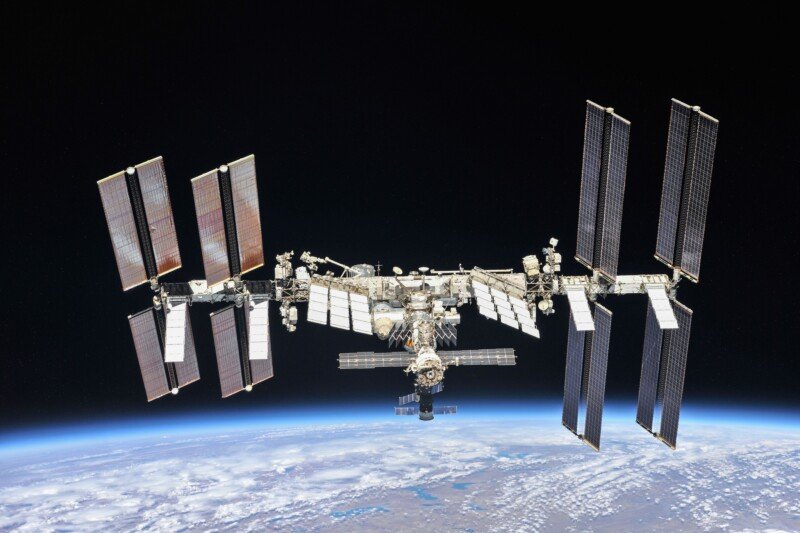
The International Space Station (ISS) is a joint project of five space agencies: the National Aeronautics and Space Administration (United States), the Russian Federal Space Agency (Russian Federation), the Japan Aerospace Exploration Agency (Japan), the Canadian Space Agency (Canada) and the European Space Agency (Europe).
It is serviced primarily by the Soyuz, Progress spacecraft units and possible private missions in near future.
Its main construction was completed between 1998 and 2011, although the station continually evolves to include new missions and experiments. It has been continuously occupied since Nov. 2, 2000.
The ISS is expected to remain in operation until at least 2020, and potentially to 2028.
And we have a live video feed available here
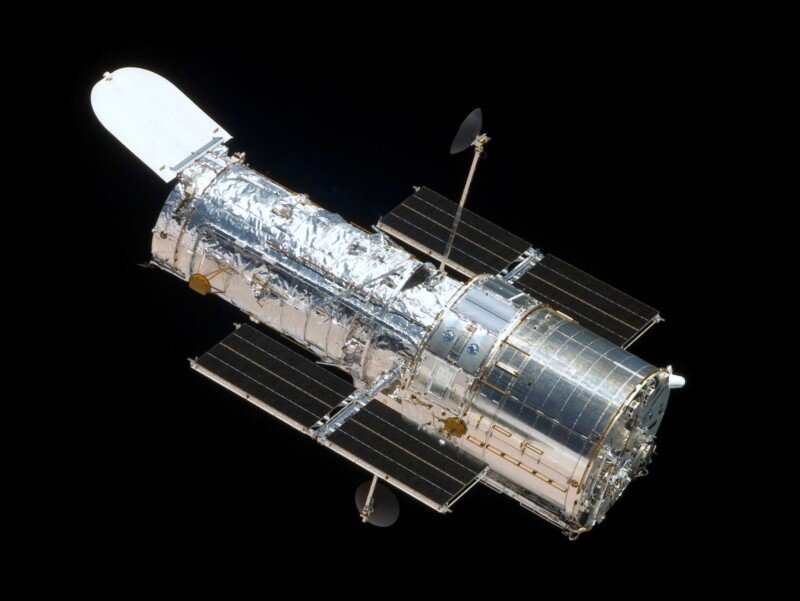
The Hubble Space Telescope (HST) was the first and flagship mission of NASA’s Great Observatories program.
It has made some of the most dramatic discoveries in the history of astronomy. From its vantage point 600 km above the Earth, Hubble can detect light with ‘eyes’ 5 times sharper than the best ground-based telescopes and looks deep into space where some of the most profound mysteries are still buried in the mists of time.
Designed to complement the wavelength capabilities of the other spacecraft in the program (CGRO, AXAF, and SIRTF), HST was a 2.4 m, f/24 Ritchey-Chretien telescope capable of performing observations in the visible, near-ultraviolet, and near-infrared (1150 A to 1 mm).
When Hubble shows us images in space, the view it gives us is always of how objects looked some time in the past. This is because light takes time to travel the long distances from the objects it came from. Even with relatively local objects the delay can be impressive, with our nearest neighbouring galaxy, the Andromeda galaxy, being viewed as it was almost 2.5 million years ago. This means telescopes like Hubble act like time machines, enabling us to study the history of our Universe.
Here are some of its major contributions to science:
- Helped pin down the age for the universe now known to be 13.8 billion years, roughly three times the age of Earth.
- Discovered two moons of Pluto, Nix and Hydra.
- Helped determine the rate at which the universe is expanding.
- Discovered that nearly every major galaxy is anchored by a black hole at the centre.
- Created a 3-D map of dark matter.
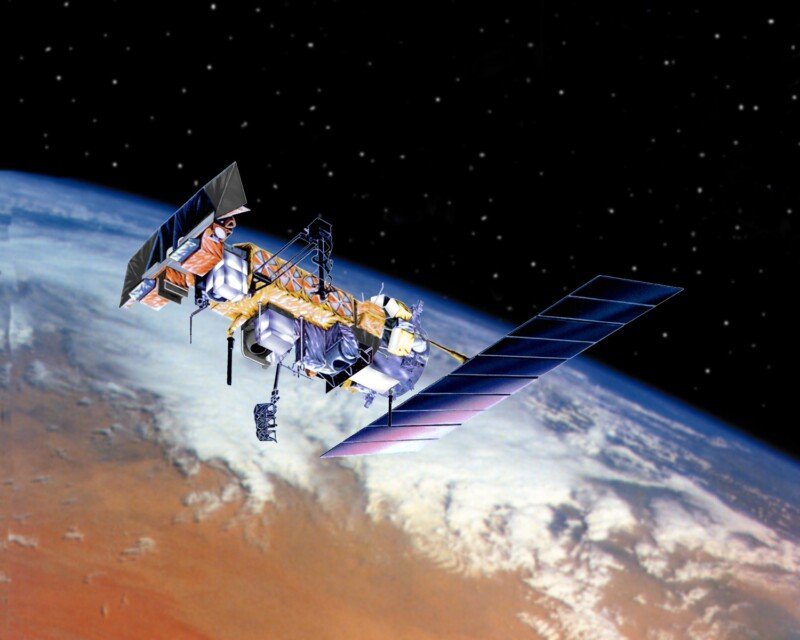
NOAA 19 is the fifth in a series of five Polar-orbiting Operational Environmental Satellites (POES) with advanced microwave sounding instruments that provide imaging and sounding capabilities. The successful liftoff from Vandenberg Air Force Base’s Space Launch Complex-2 West came at 5:22 a.m. EST on Feb. 6, 2009.
Circling 530 statute miles [850 km] above Earth and completing a revolution every 100 minutes, the NOAA-N Prime will operate in the so-called “afternoon” polar orbit. The orbit crosses the equator from south to north at 2 p.m. on the trips around the planet.
NOAA-N Prime is outfitted with instruments that provide imagery, atmospheric temperature and humidity profiles, and land and ocean surface temperature observations, all of which are key ingredients for weather forecasting.
In addition, the information generates decades-long databases for climate monitoring and global change studies.
The NOAA satellites are equipped with search and rescue packages that detect distress signals from emergency beacons. Over the past 26 years, the network has been credited with more than 24,000 rescues worldwide.
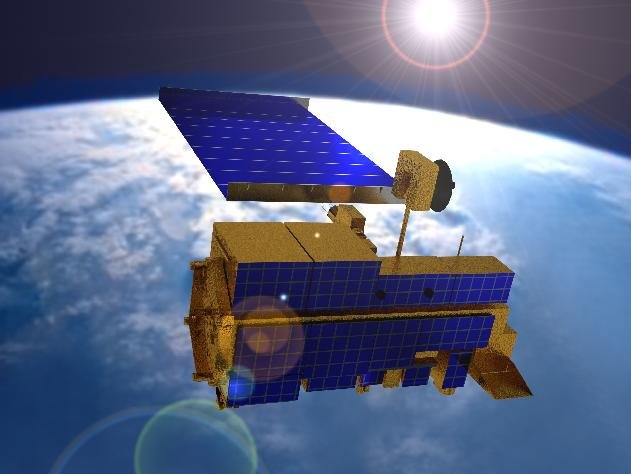
TERRA (EOS AM-1) is a multi-national NASA scientific research satellite in a Sun-synchronous orbit around the Earth.
The launch of the Terra spacecraft took place on Dec. 18, 1999 from VAFB, CA, on an Atlas-Centaur IIAS rocket.
It is the flagship of the Earth Observing System (EOS).
The name “TERRA” comes from the Latin word for Earth.
The satellite was placed into a near-polar, sun-synchronous orbit at an altitude of 705 km, with a 10:30am descending node.
TERRA carries a payload of five remote sensors designed to monitor the state of Earth’s environment and ongoing changes in its climate system.
Data from the satellite helps scientists better understand the spread of pollution around the globe. Studies have used instruments on TERRA to examine trends in global carbon monoxide and aerosol pollution.
The data collected by TERRA will ultimately become a new, 15-year global data set.
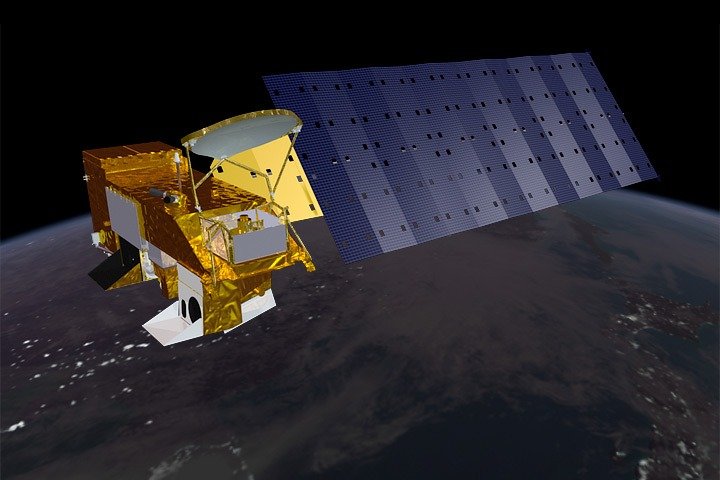
Aqua, Latin for water, is a NASA Earth Science satellite mission named for the large amount of information that the mission is collecting about the Earth’s water cycle, including evaporation from the oceans, water vapor in the atmosphere, clouds, precipitation, soil moisture, sea ice, land ice, and snow cover on the land and ice.
Additional variables also being measured by Aqua include radiative energy fluxes, aerosols, vegetation cover on the land, phytoplankton and dissolved organic matter in the oceans, and air, land, and water temperatures.
Aqua was launched on May 4, 2002, and has six Earth-observing instruments on board, collecting a variety of global data sets. Aqua was originally developed for a six-year design life but has now far exceeded that original goal.
If you enjoyed reading this, the please explore our other articles below:





Thanks for sharing this! All the best!